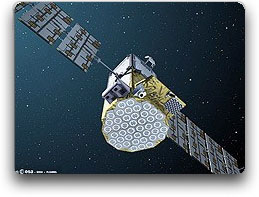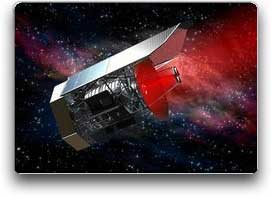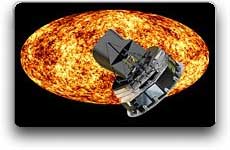Atlantic Bird 7 Sings a Sweet Tune as Astrium Delivers to Middle East and Africa
Eutelsat Communications [Euronext Paris: ETL], a major satellite operator, announced today that it has selected Astrium to deliver its new satellite for 7 degrees West called ATLANTIC BIRD™ 7. Scheduled
for launch in 4th quarter 2011, the satellite will be located at a key neighborhood for digital broadcasting markets in the
Middle East and North Africa, which Eutelsat operates in close collaboration with the Egyptian satellite operator Nilesat. The
launch vehicle will be selected by Eutelsat at a later stage.

Following the launch and entry into service of
ATLANTIC BIRD™ 7 at 7 degrees West, Eutelsat will redeploy the
ATLANTIC BIRD™ 4A satellite currently at this position to the Group’s premium broadcasting neighbourhood at
13 degrees East, where it will revert to its original name of HOT BIRD™ 10. Eutelsat has been operating ATLANTIC BIRD™ 4A at 7 degrees West since March this year as part of the first phase of boosting broadcasting capacity at this neighbourhood. Over
450 television channels already broadcast from 7 degrees West to an audience of 38 million homes.

By increasing the volume of Eutelsat’s operational Ku-band transponders at 7 degrees West from 26 to up to 50,
ATLANTIC BIRD™ 7 will virtually double the Group’s in-orbit resources at this position. This new capacity will be brought into operation alongside the
Nilesat 101 and 102 satellites operated by Nilesat, which are scheduled to be joined in mid-2010 by Nilesat 201. Within the framework of this collaboration the two companies have agreed to jointly brand 7 degrees West as the “NILEBIRD” neighbourhood.
ATLANTIC BIRD™ 7 will be based on
Astrium’s Eurostar E3000 platform. Optimized for high-growth broadcasting markets, two beams will give superior coverage across the Middle East, including Gulf states, as well as North Africa and North-West Africa. Up to 44 Ku-band transponders will be connected to a broad high-power footprint serving the Middle East and North Africa for Direct-to-Home (DTH) broadcasting.

There will also be
a second footprint for North-West Africa, across the Maghreb countries and extending down to the Gulf of Guinea will be connected to a payload of up to 12 Ku-band transponders designed for consumer broadcasting services and equipped to meet high demand for Internet access services.
Eutelsat Communications first announced the commissioning of a new satellite for the 7 degrees West neighborhood in February on the occasion of its first-half results for the 2008-2009 financial year. This satellite forms part of the Group’s capital expenditure programme for 2008-2011, which amounts to a total investment over the period of 450 million euros on average per year.
Topical Tags :
Regional Tags :

